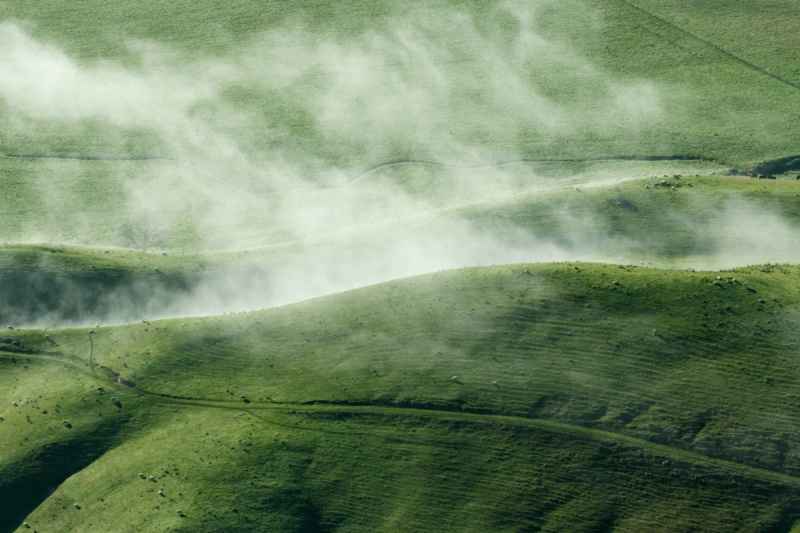Latest updates
Media contact
Are you interested in our latest news or working on a Pāmu story and need to get in touch?
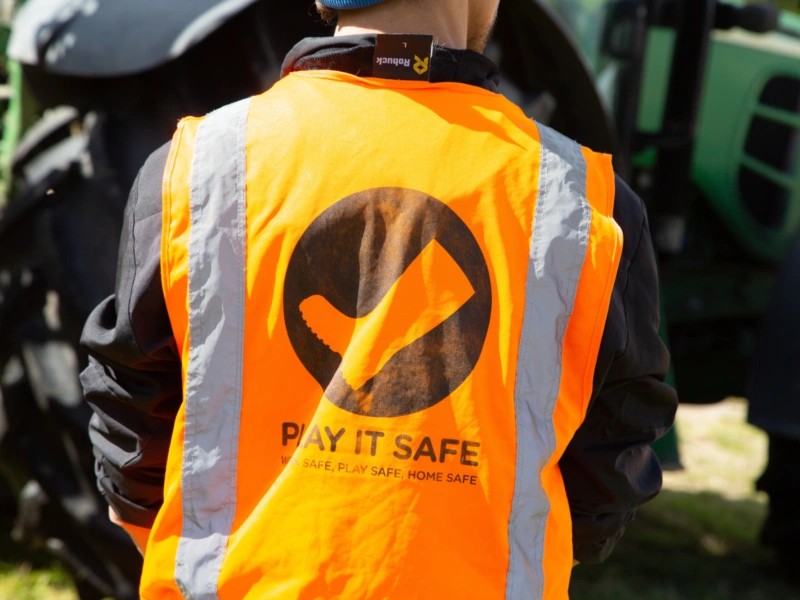
06 May 2025
Safety at the forefront of Rangitāiki Open Day
The Pāmu Open Farm Day at Rangitāiki on 28 May will be the first time that visitors to Pāmu farms all sign in on the SafeVisit App.
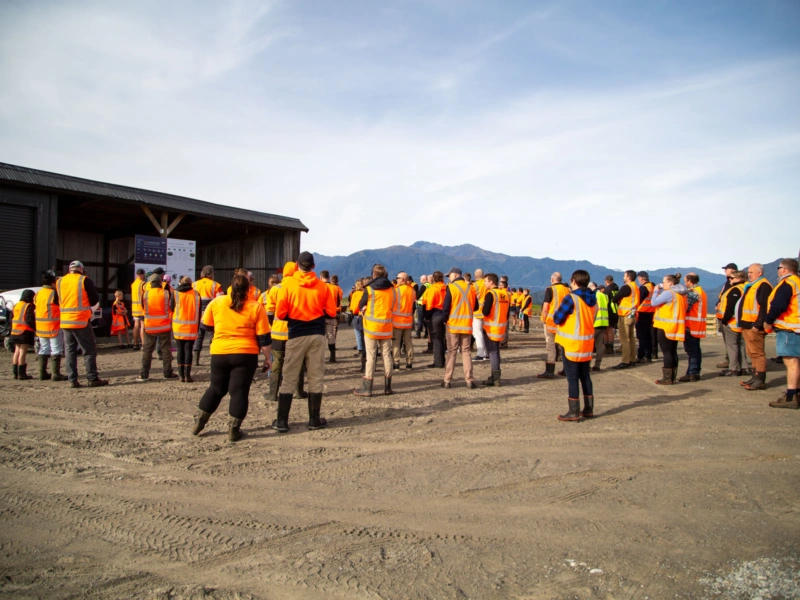
05 May 2025
Pāmu announces Open Farm Days for FY 2025/2026
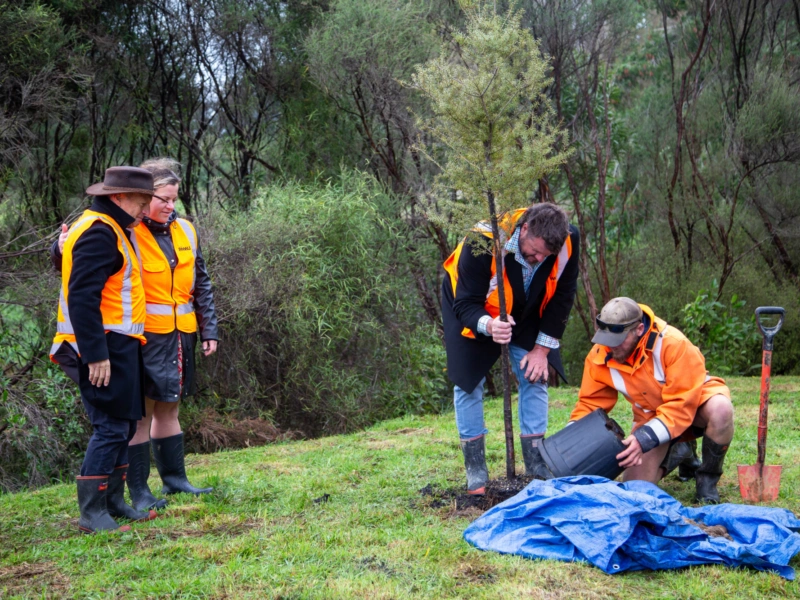
01 May 2025
Pāmu Honours Legacy of Dr Warren Parker with Memorial Covenant and Scholarship for Future Agricultural Leaders
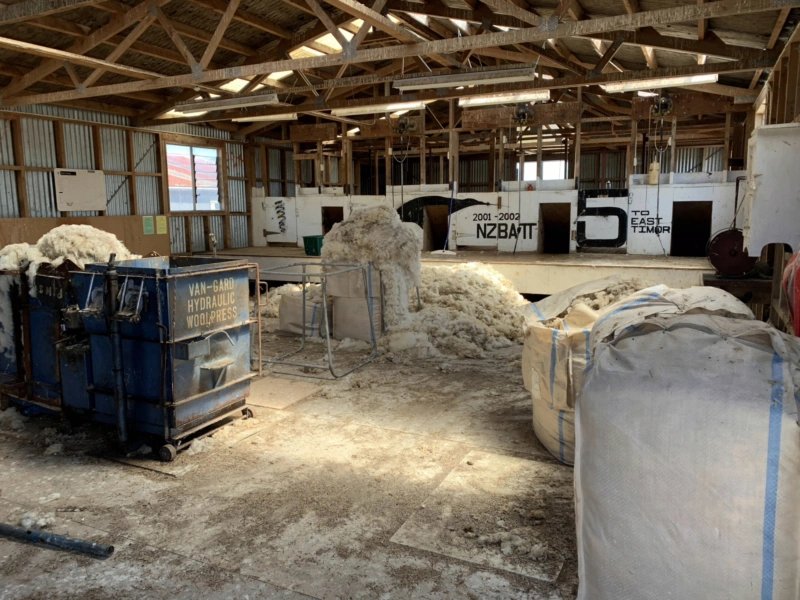
14 Apr 2025
Touring the calf shed conversions at Weka
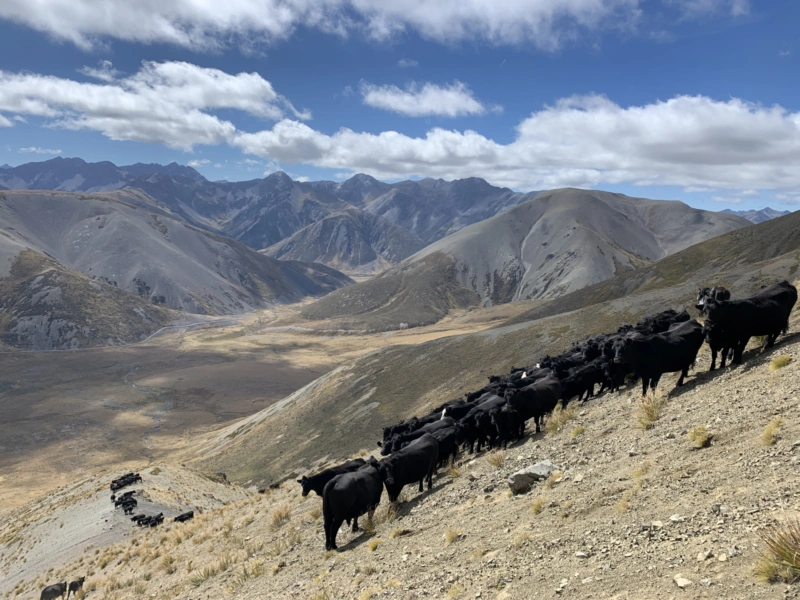
07 Apr 2025
Molesworth Station achieves TB-Free status after 40 years of eradication efforts
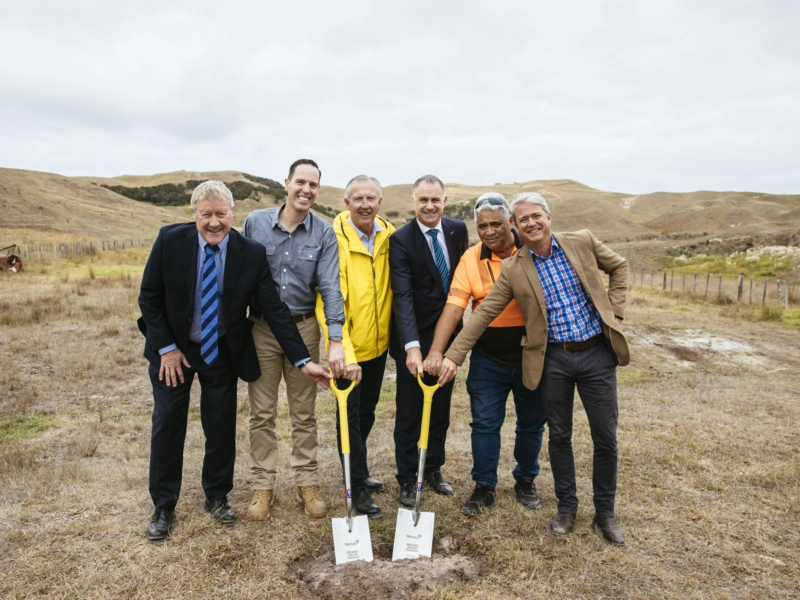
27 Mar 2025
Pāmu partners with Mercury to launch Northland’s first wind farm at Ōmāmari

03 Mar 2025
Pāmu announces half-year result
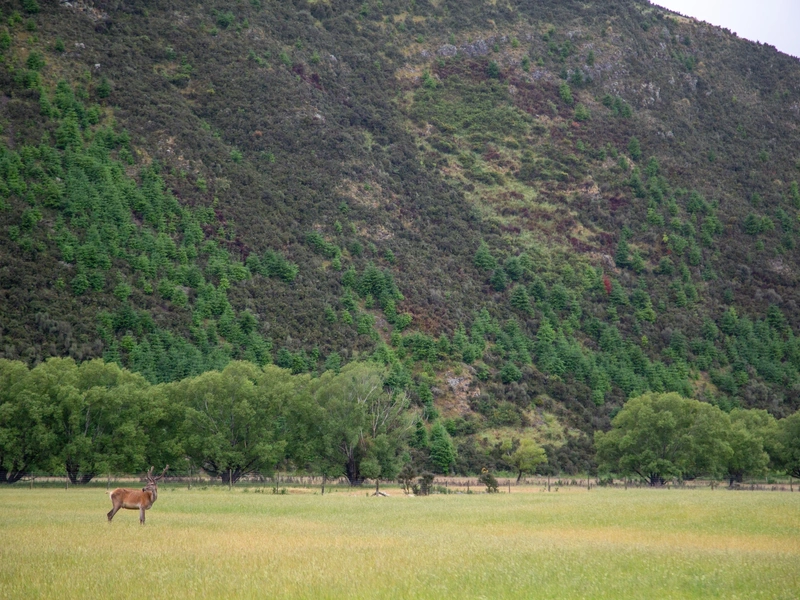
27 Feb 2025
Pāmu takes action on wilding conifers to protect land and future generations
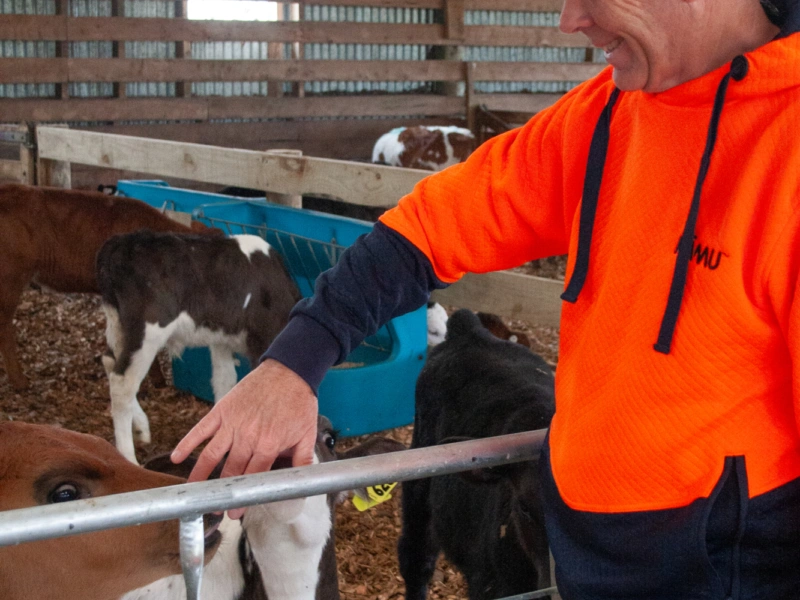
27 Feb 2025
Open Farm Day at Weka to share dairy beef opportunities for farmers
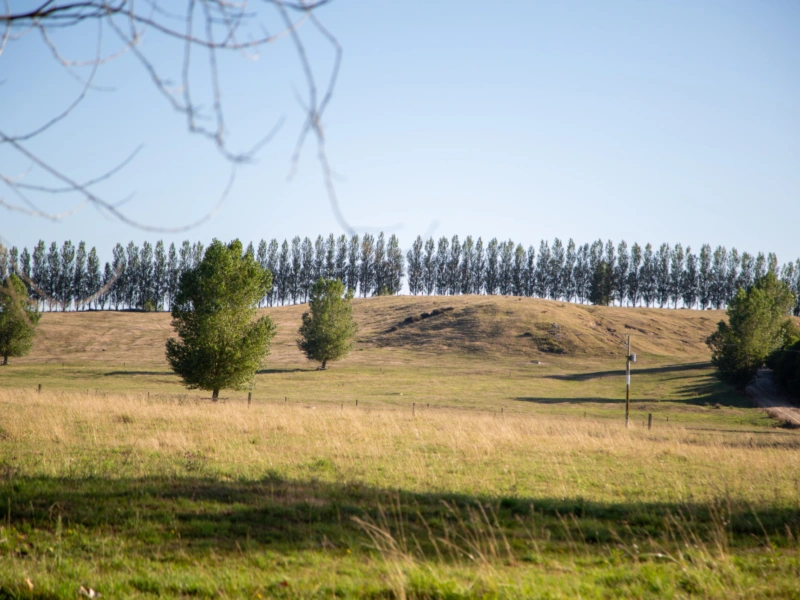
25 Feb 2025
Pāmu opens the gates to townfolk at Pinta
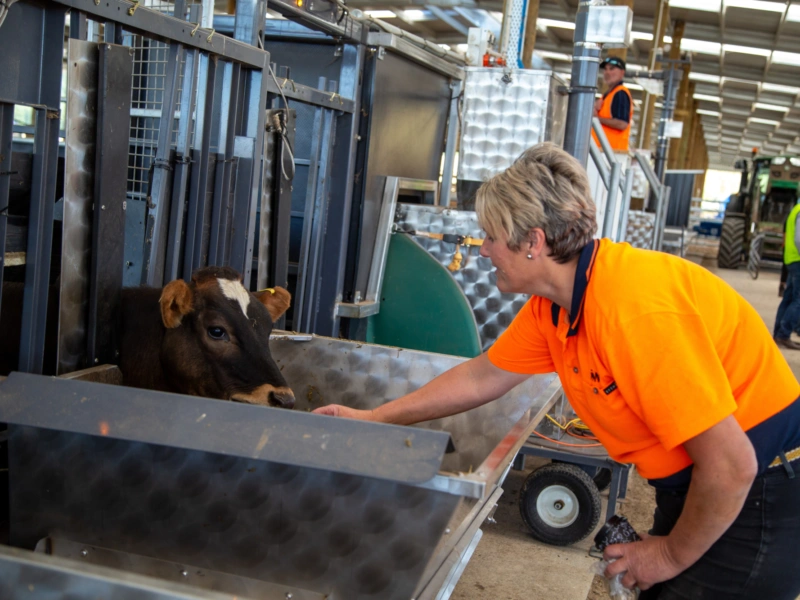
13 Feb 2025
Feed efficiency and methane facility open day
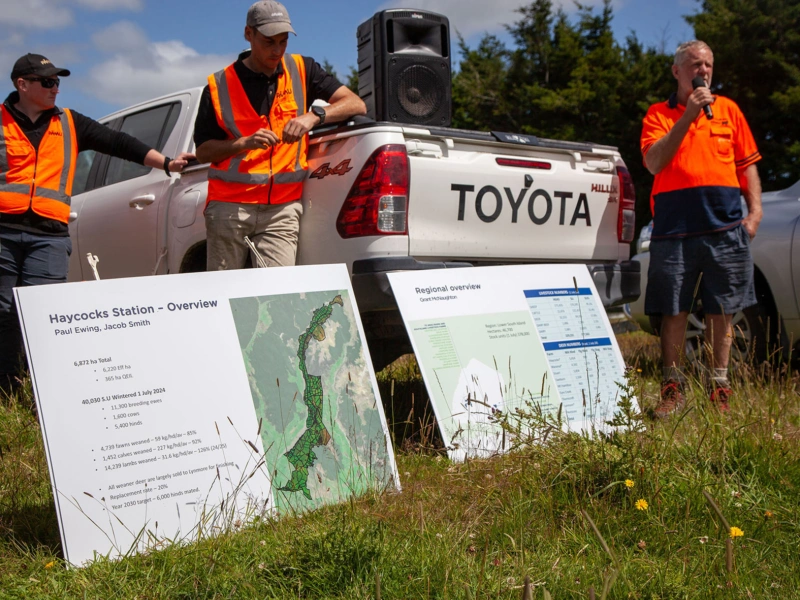
30 Jan 2025
Deer in Te Anau Open Day
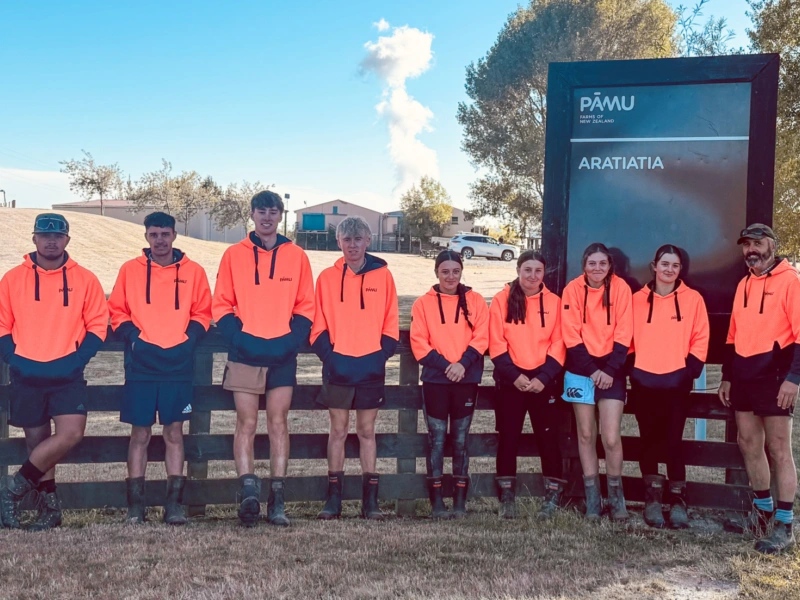
23 Jan 2025
Cultivating agricultural talent - Pāmu Apprenticeship Scheme underway
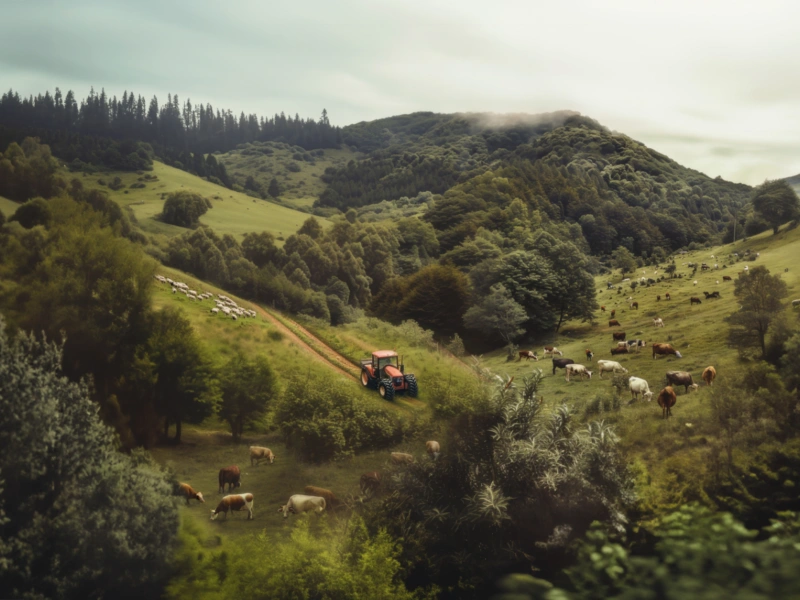
19 Dec 2024
Blending livestock and forestry brings benefits
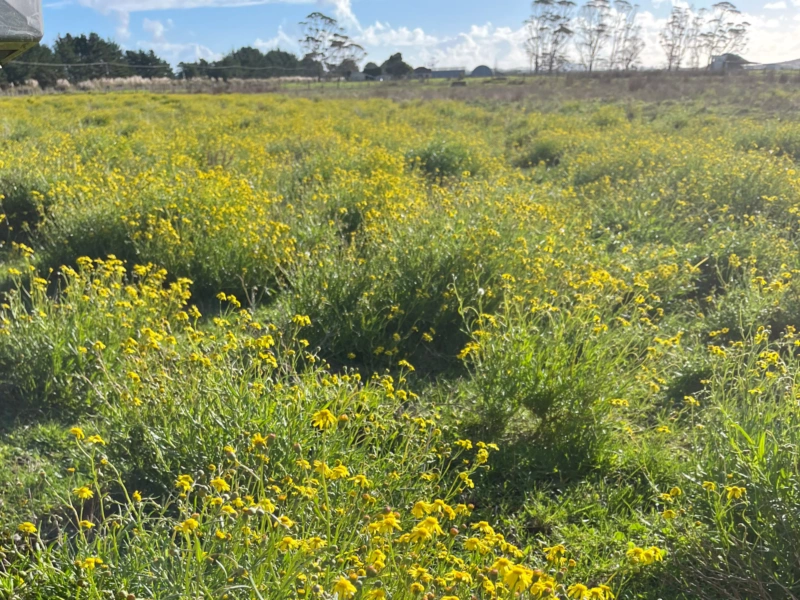
06 Dec 2024
Case study: Battling Madagascar ragwort in Northland
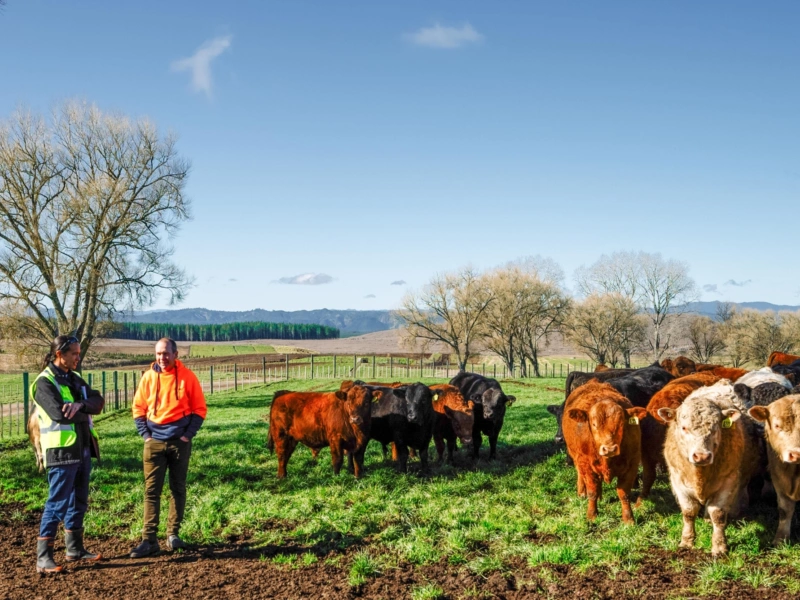
05 Dec 2024
Pāmu and LIC join forces to progress dairy beef farming
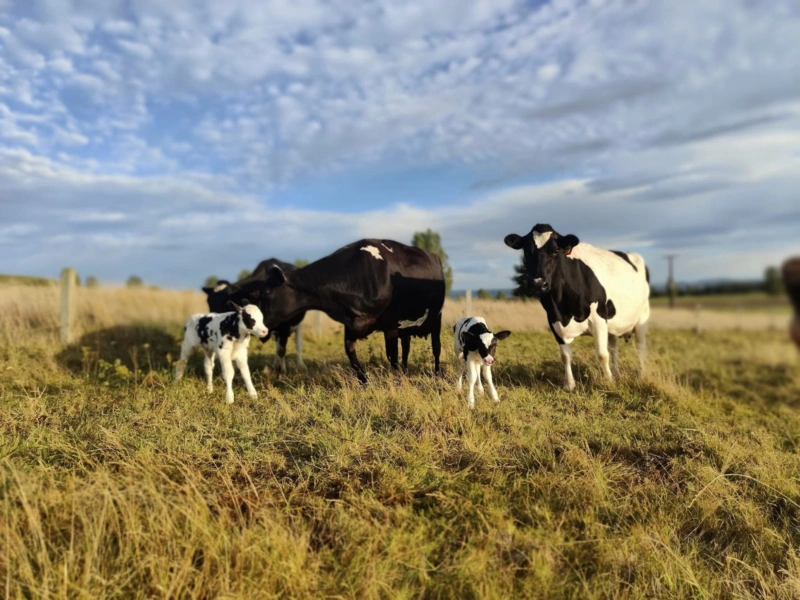
03 Dec 2024
Managing the challenge of drench-resistant parasites at Pāmu
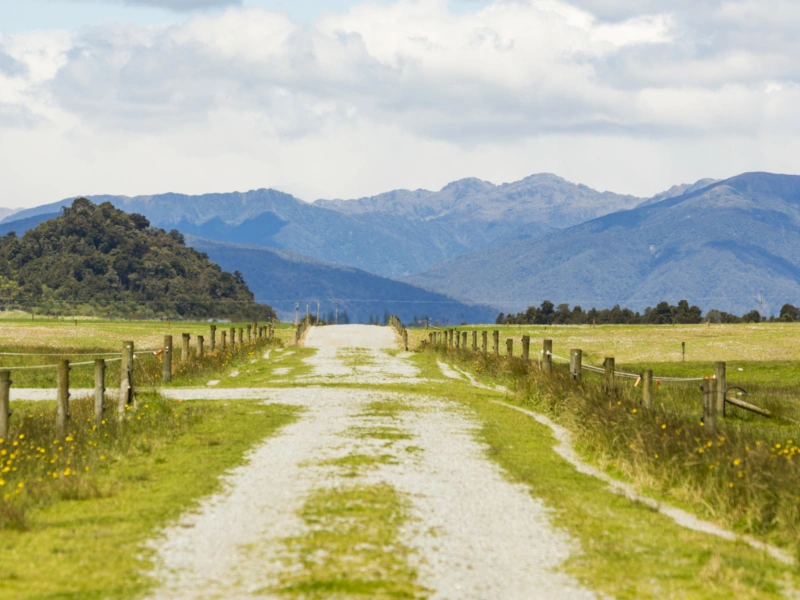
22 Nov 2024
Pāmu lifts forecast earnings
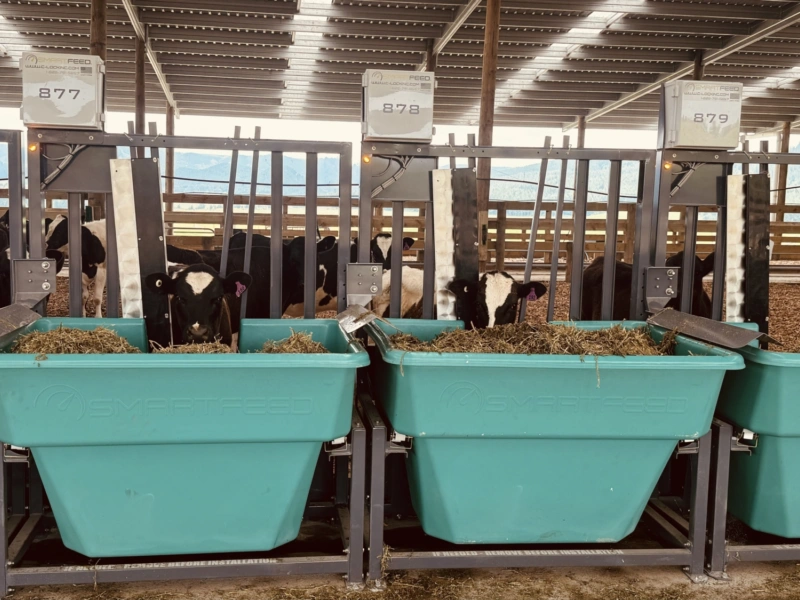
20 Nov 2024
Pāmu facility fills a gap in New Zealand methane research
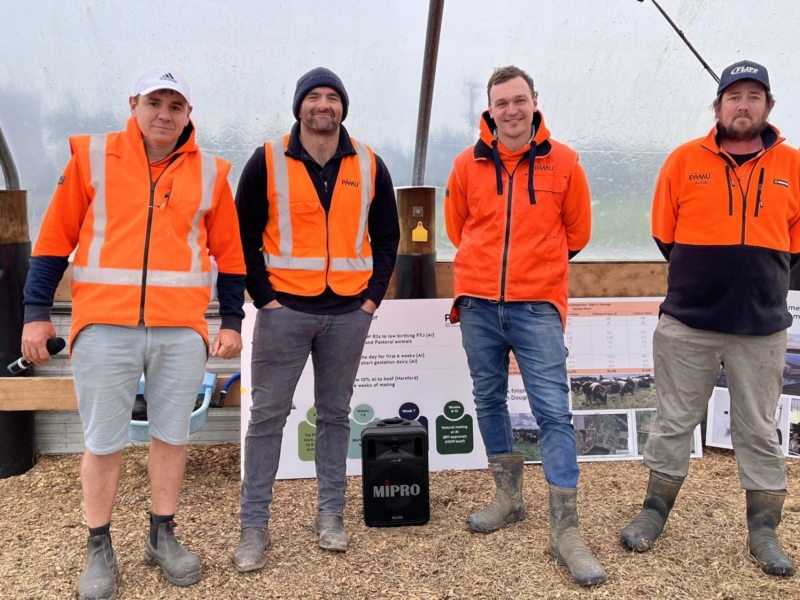
13 Nov 2024
Showcasing Organic Farming at Moutoa: Pāmu’s Open Day Highlights
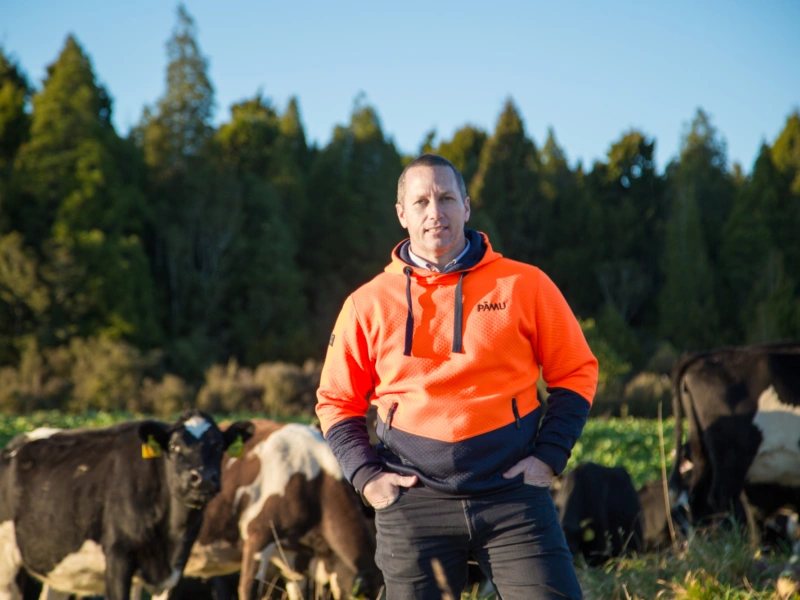
12 Nov 2024
Integrated Farming Excellence: How Pāmu is Leading Agriculture Innovation on the West Coast
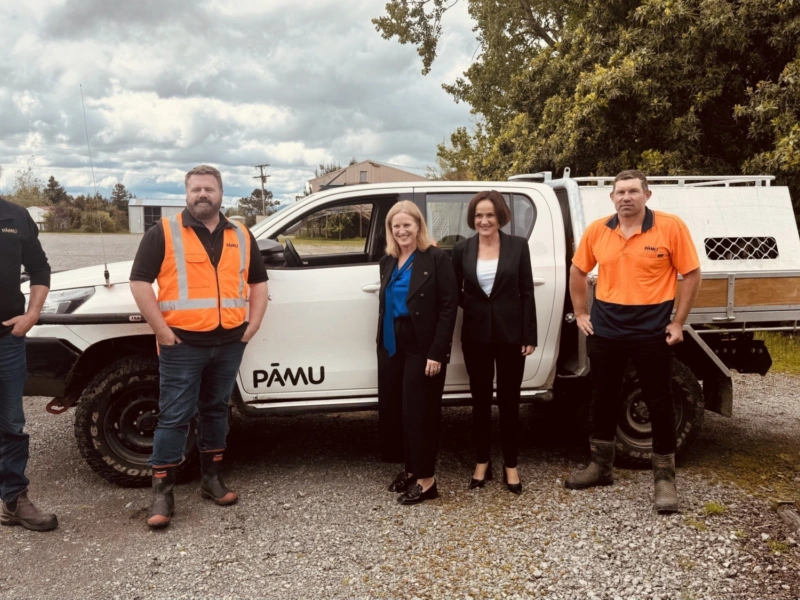
06 Nov 2024
MPs impressed by Pāmu Apprenticeship Scheme at Aratiatia
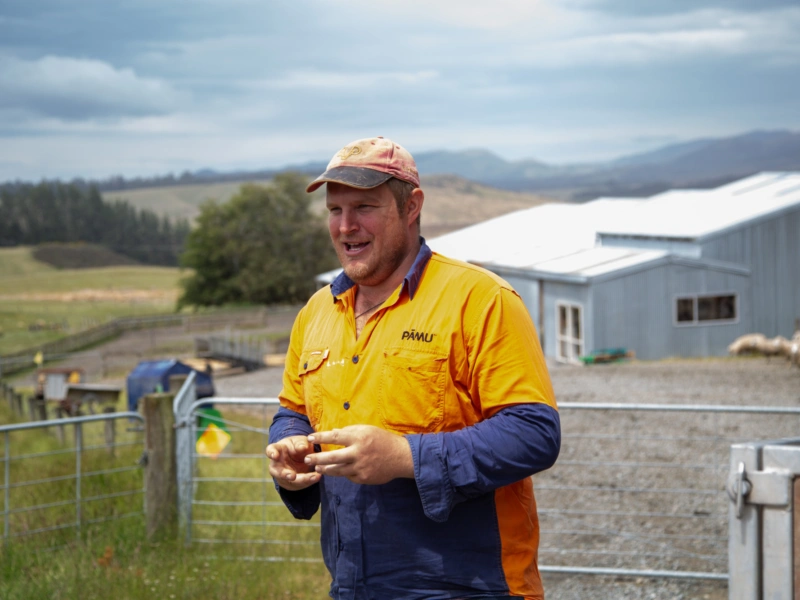
22 Oct 2024
Dairy Beef Farming Excellence: How Waipuna is Leading the Way
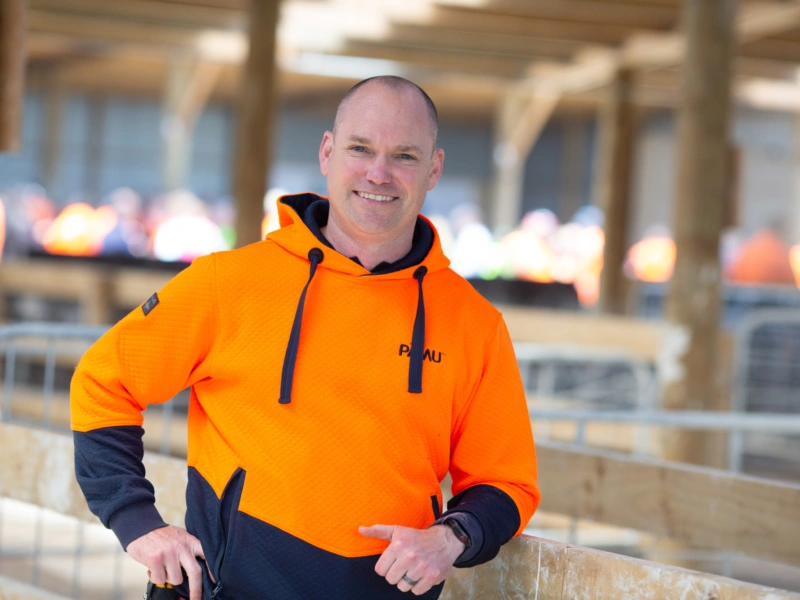
17 Oct 2024
Pāmu provides a pathway to ownership for more Kiwi farmers
Media contact
Are you interested in our latest news or working on a Pāmu story and need to get in touch?
